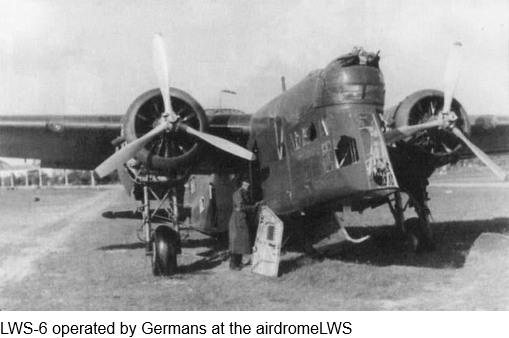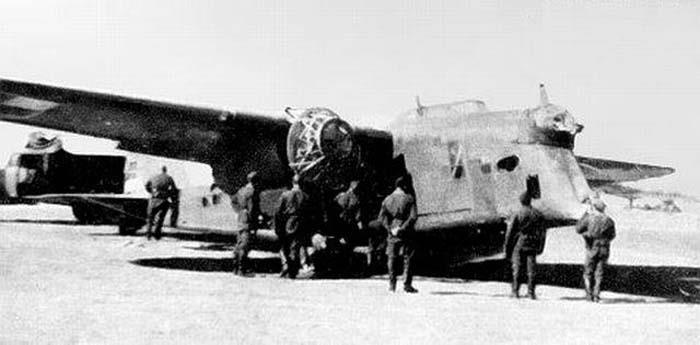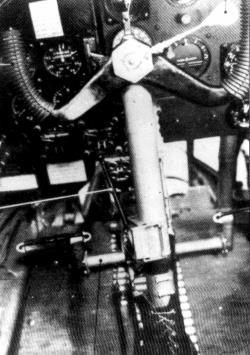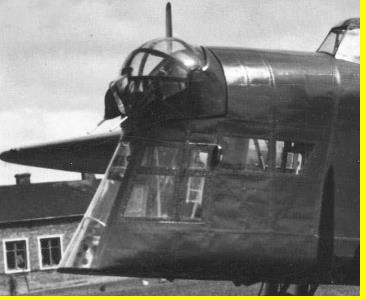| Type |
4 sreat bomber |
| Engine |
2 Bristol Pegasus VIIIC |
| Dimensions |
Length 15,40 m , height 4,00 m, span 18,50 m , wing area 49,50 m2 , |
| Weights |
Empty 4751 kg, loaded 6100 kg, max. take off weight 6800 kg |
| Performance |
Max.. speed 330 km/h , cruising speed 290 km/h, range 1250 km, endurance , service ceiling 6200 m , climb 384 m/min. |
| Armament |
2 7.7 mm Vickers F machine guns in nose turret ,2 7.7 mm Vickers F machine guns in upper dorsal rear turret, 1 7.7 mm Vickers F machine gun in ventral underbelly position, 660 kg of bombs |
| Type |
Werk.Nr |
Registration |
History |
|
|
|
|
|
|
|
|


The LWS-6 Żubr (PZL.30, wisent) was a twin-engined medium bomber designed and produced by the Polish aircraft manufacturer LWS. It was only produced in limited numbers and was used for training purposes as it proved to be inferior to the contemporary PZL.37 Łoś medium bomber.
The LWS-6 was originally designed as a 12-passenger airliner during the early 1930s, but was reconfigured to produce bomber instead. During March 1936, the first prototype, designated PZL.30 (or PZL.30BI), performed its maiden flight. The aircraft was accepted for a limited production run by the LWS state factory in Lublin for the Polish Air Force. During 1937, work commenced on a floatplane torpedo bomber variant, designated the LWS-5, for the Polish Navy, but work on the prototype was abandoned following setbacks. Export sales were also sought, the Romanian Air Force were reportedly considering buying up to 24 aircraft, however, following the loss of one of the prototypes on 7 November 1936 due to a mid-air structural failure, Romania ordered the rival PZL.37 Łoś instead.
During 1938, the LWS-6 was introduced to service with the Polish Air Force, which immediately assigned the type to its training units rather than frontline squadrons. Even so, its service life would be relatively brief on account of the outbreak of the Second World War in September 1939. Many aircraft were destroyed on the ground, none would be used in combat against Nazi Germany. The Germans captured several intact LWS-6s, including the twin-tailfin prototype. These aircraft were flown by the Luftwaffe, where the type was used for blind flying training until at least 1942 (among others, in Blindflugschule Schleissheim).







